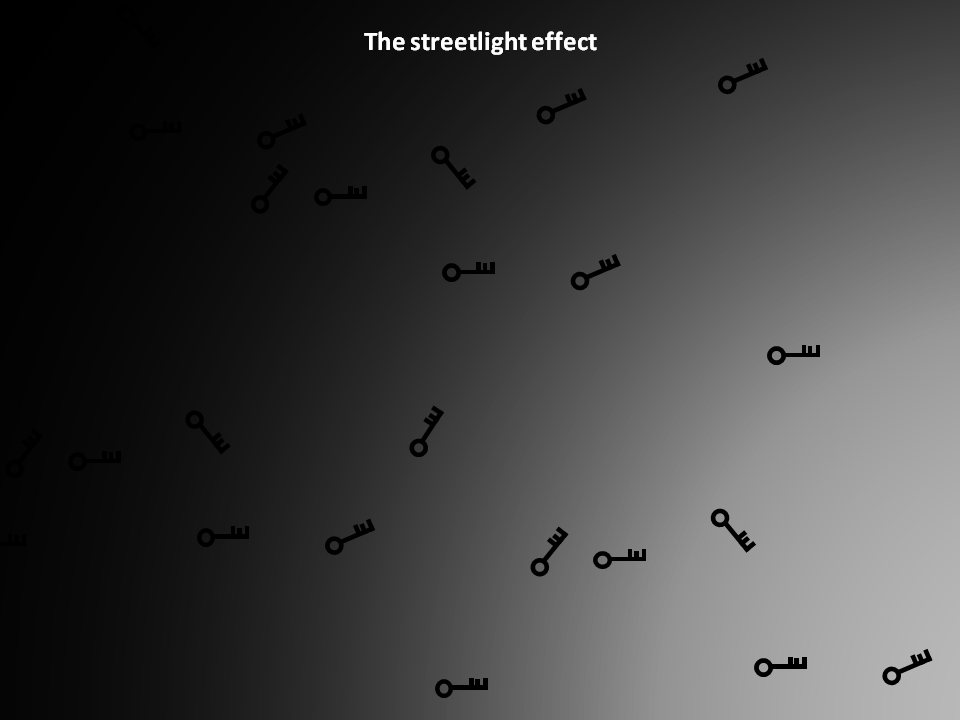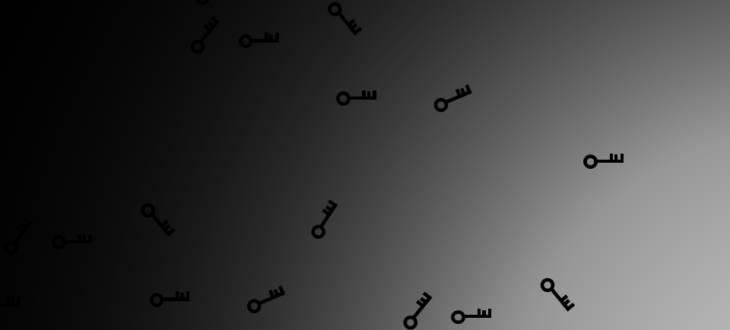Most of the arguments are used to demostrate or recognize sentience are based on some kind of “similarity” or “closeness” with oneself: same aspect, same behavior, genetic / evolutionary similarity or closeness, same utility, same necessity. All are “alike”. This is how we recognize, in fact, sentience in other beings. Why do we do it like this? The answer is in the “Streetlight effect”, something like the anthropic principle. We do so because we can do so. If we have lost the keys in the street, at night, first we look for them where there is light, because where there is light, we can see. This does not mean that underneath the streetlight is the most likely place where the keys are. Instead, under the streetlight it is the most likely place where we can find the keys.

Assigning a good probability to sentient experience in beings like us is correct, but stopping there may be unfair to beings who are quite different. If an ant were to think this way, it could conclude that an aphid is surely as sentient as her, the ant. But humans and bears could be considered non-sentient, because they are too big, or even not even “beings” but rather “phenomena”.
We only measure what we can measure. Our arrogance and naivety can lead us to false and terrible conclusions about what we cannot measure. Measurements are valuable but not without drawbacks.

4 Comments